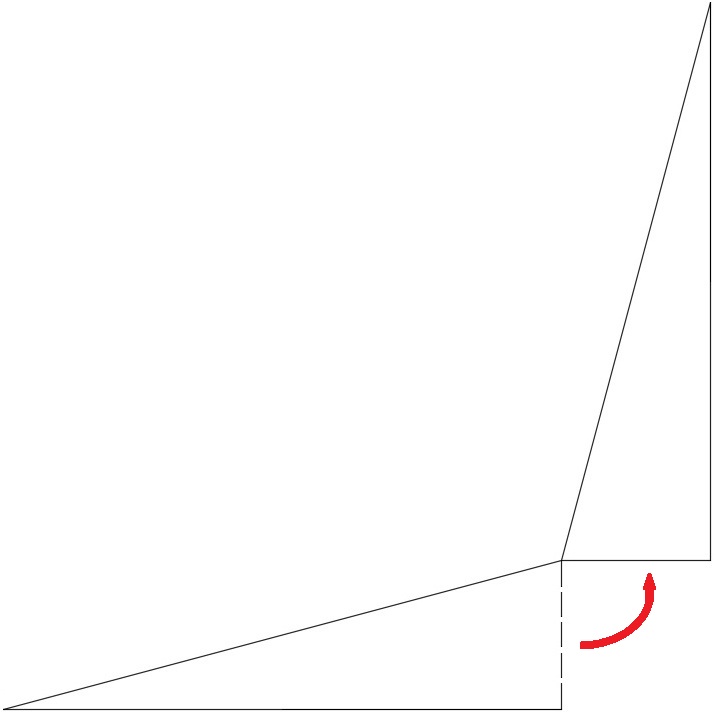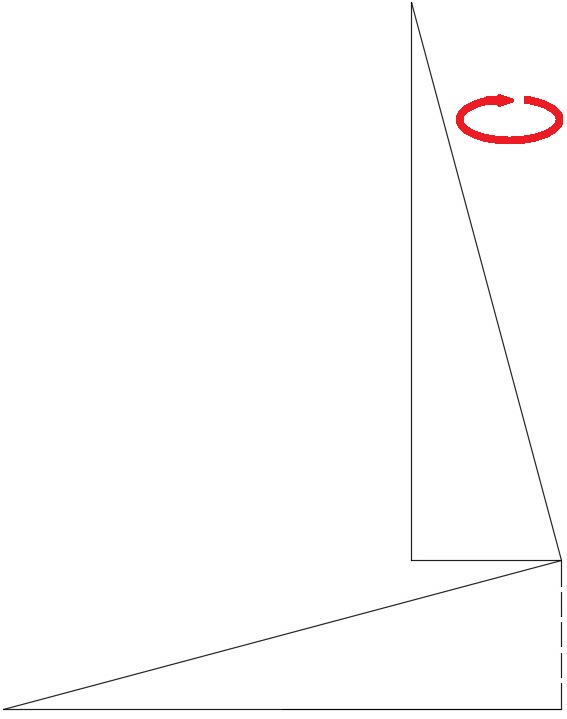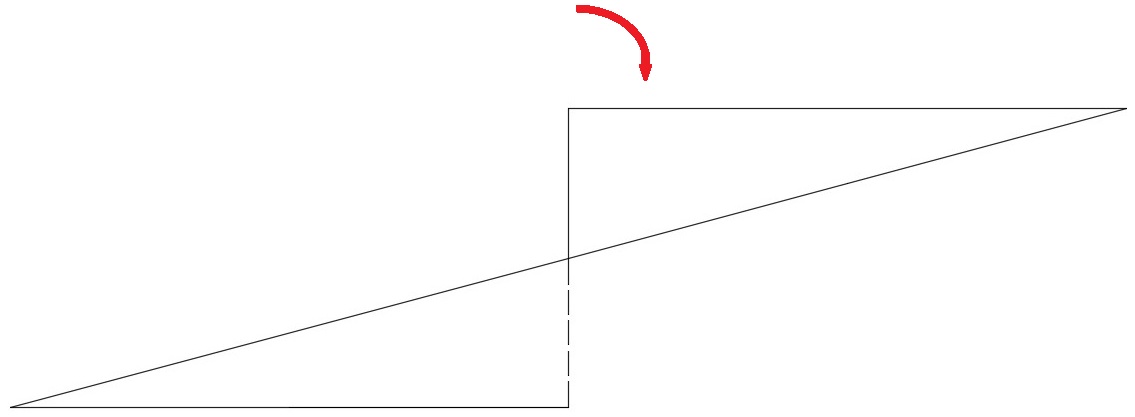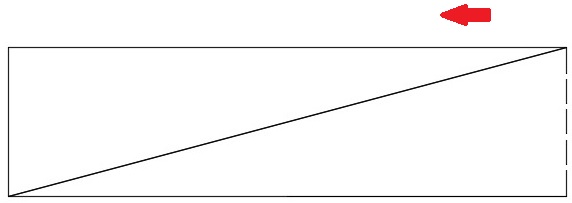A triangle has sides A, B, and C. The angle between sides A and B is #(5pi)/6# and the angle between sides B and C is #pi/12#. If side B has a length of 1, what is the area of the triangle?
1 Answer
Sum of angles gives an isosceles triangle. Half of the enter side is calculated from
Explanation:
The sum of all triangles in degrees is
We notice that the angles

For the
To calculate half of the
Therefore, the area can be calculated via the area of the square formed, as shown in the following image:





Since we know that:
So, finally:
